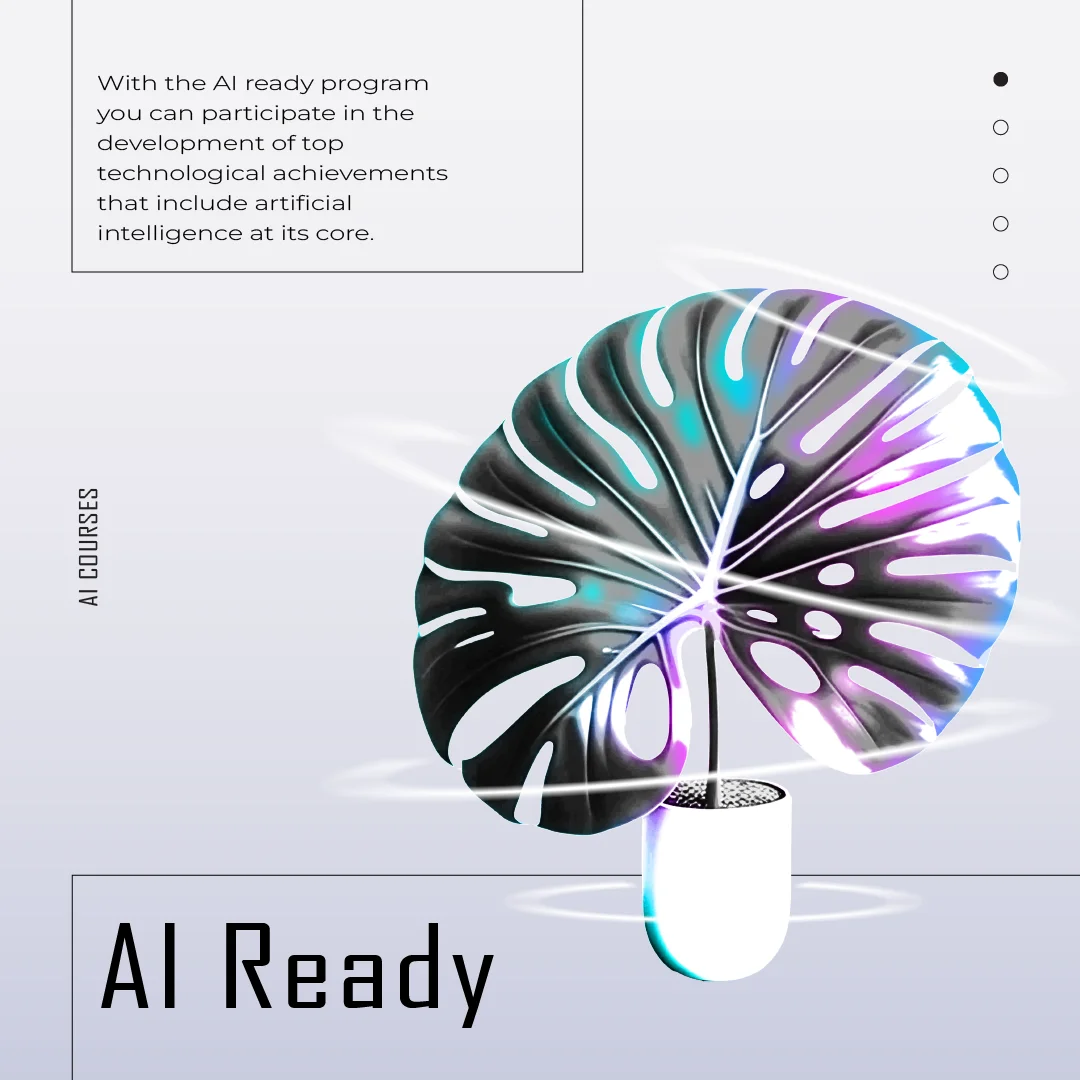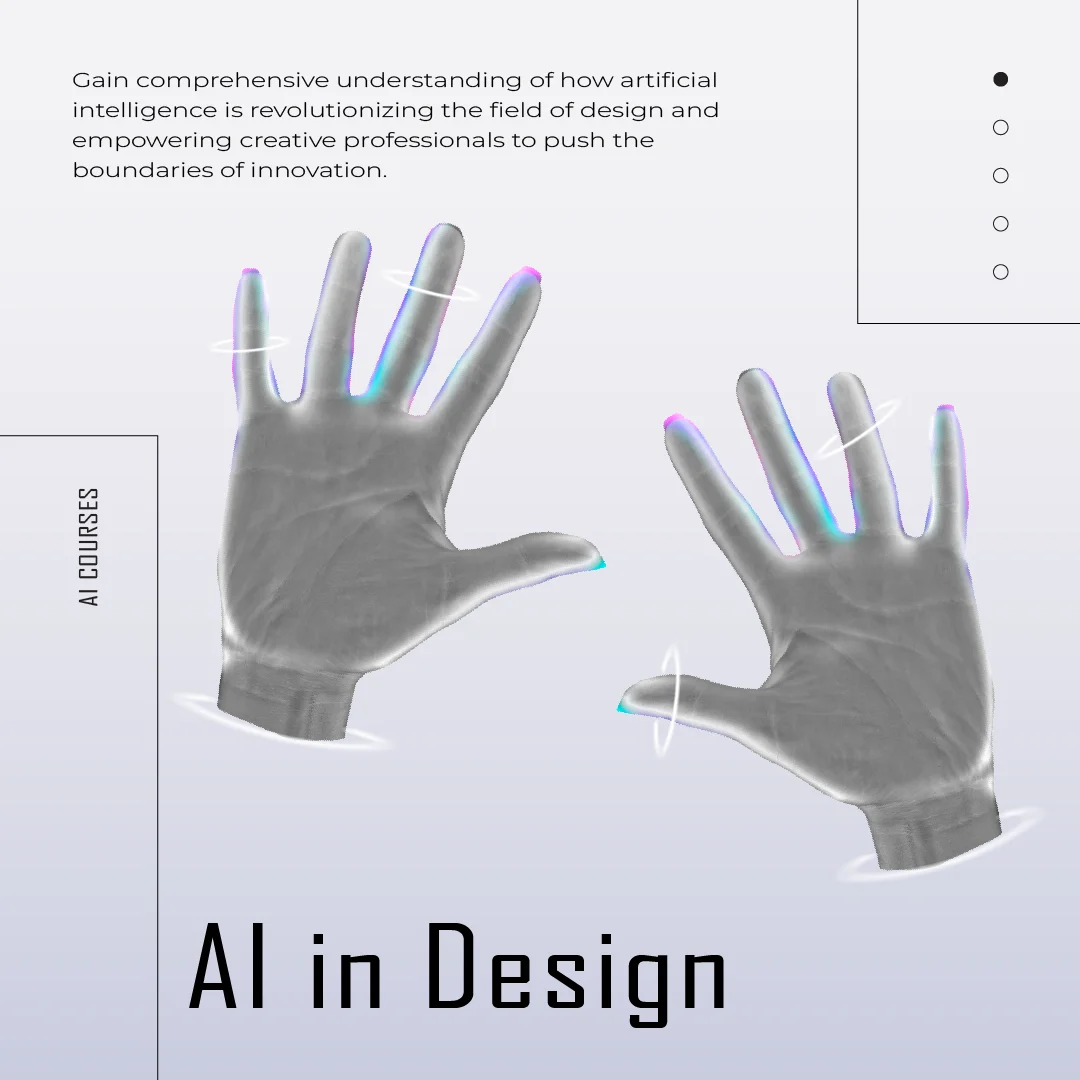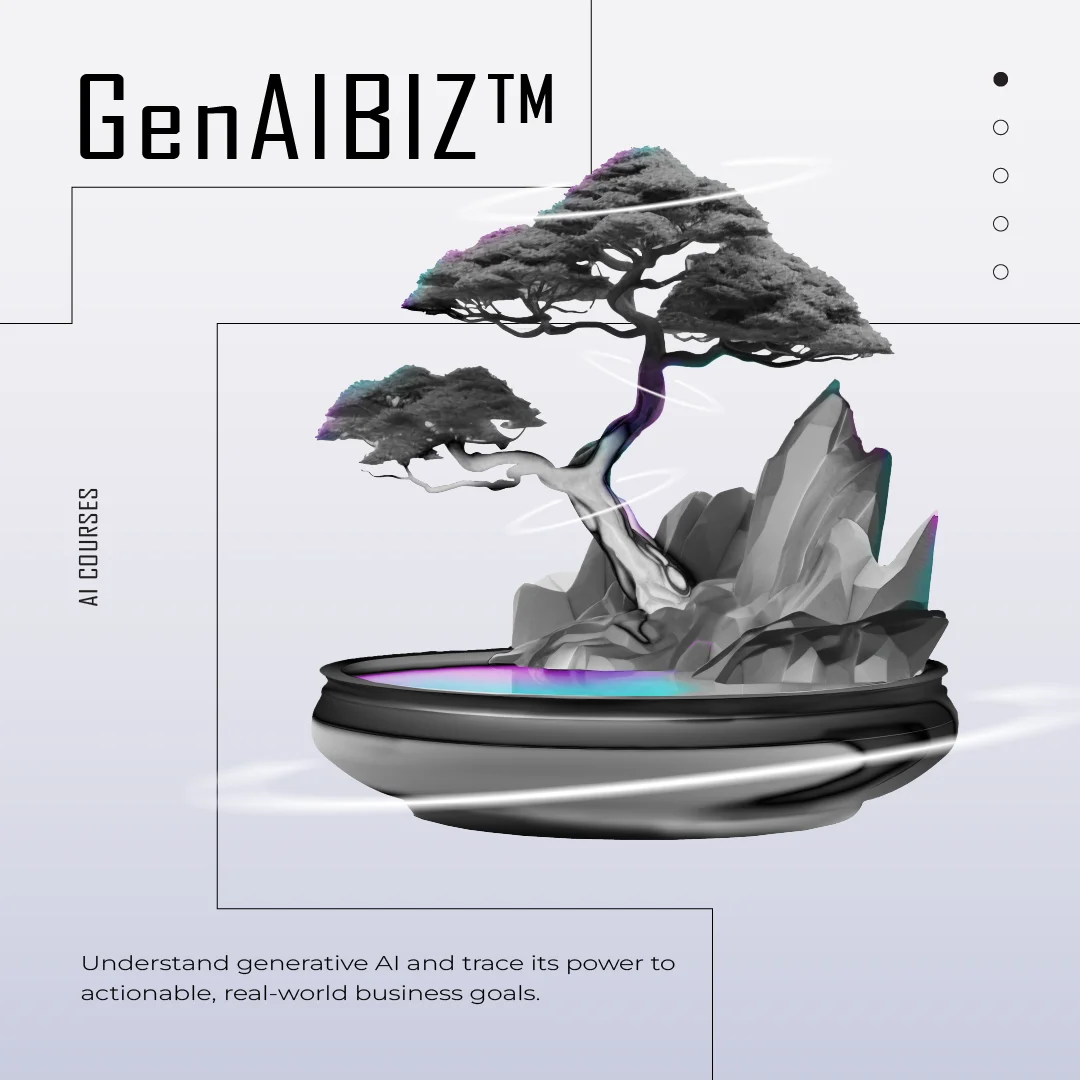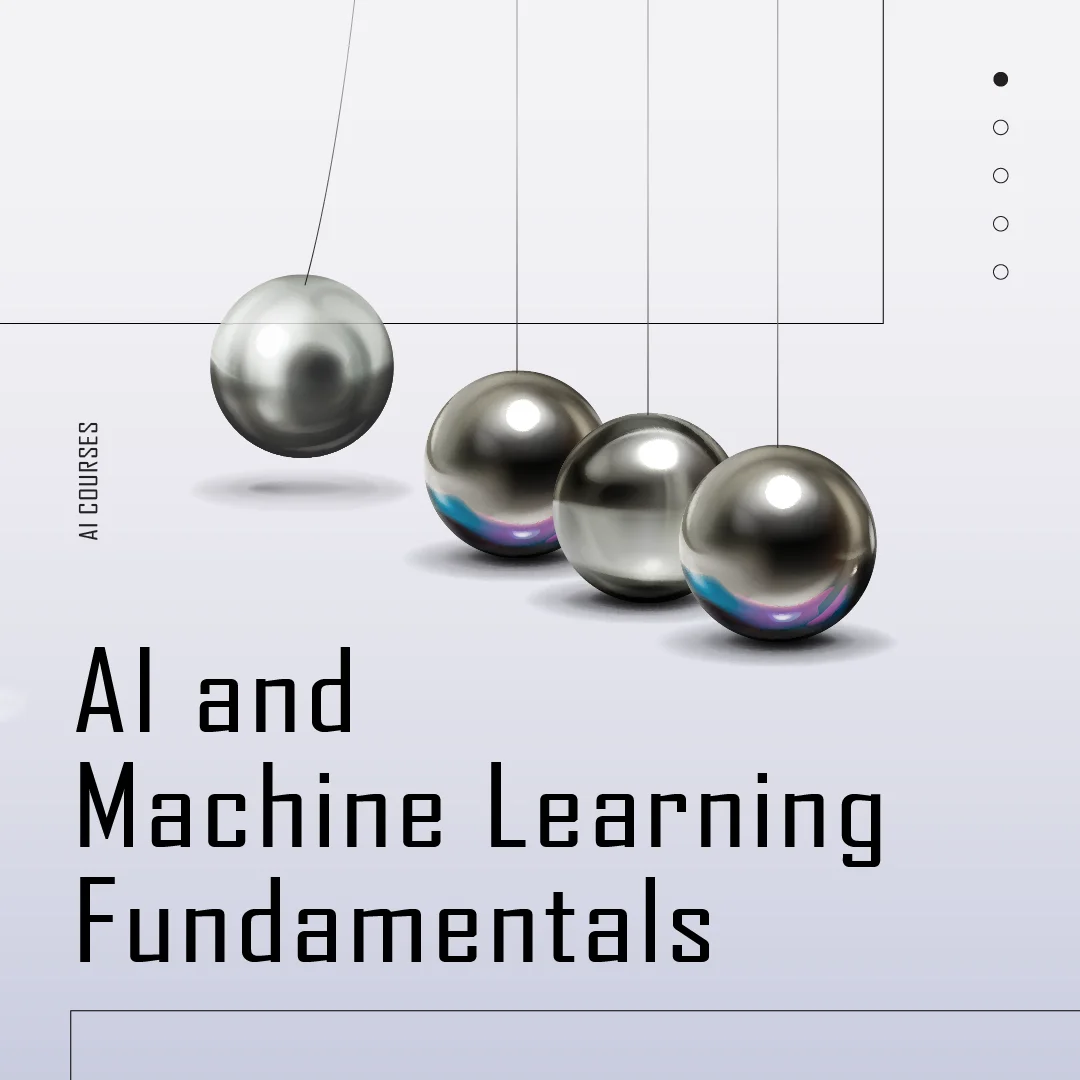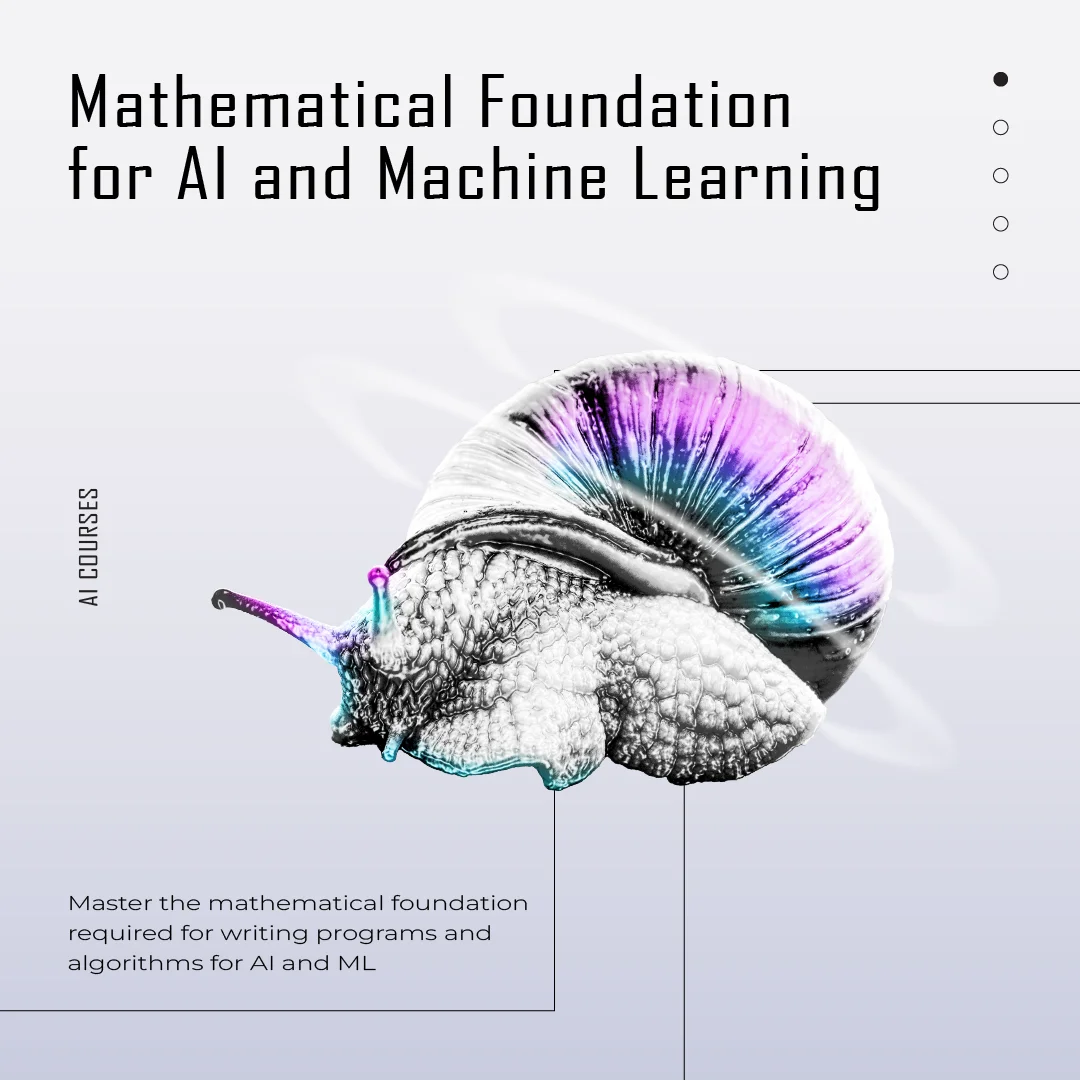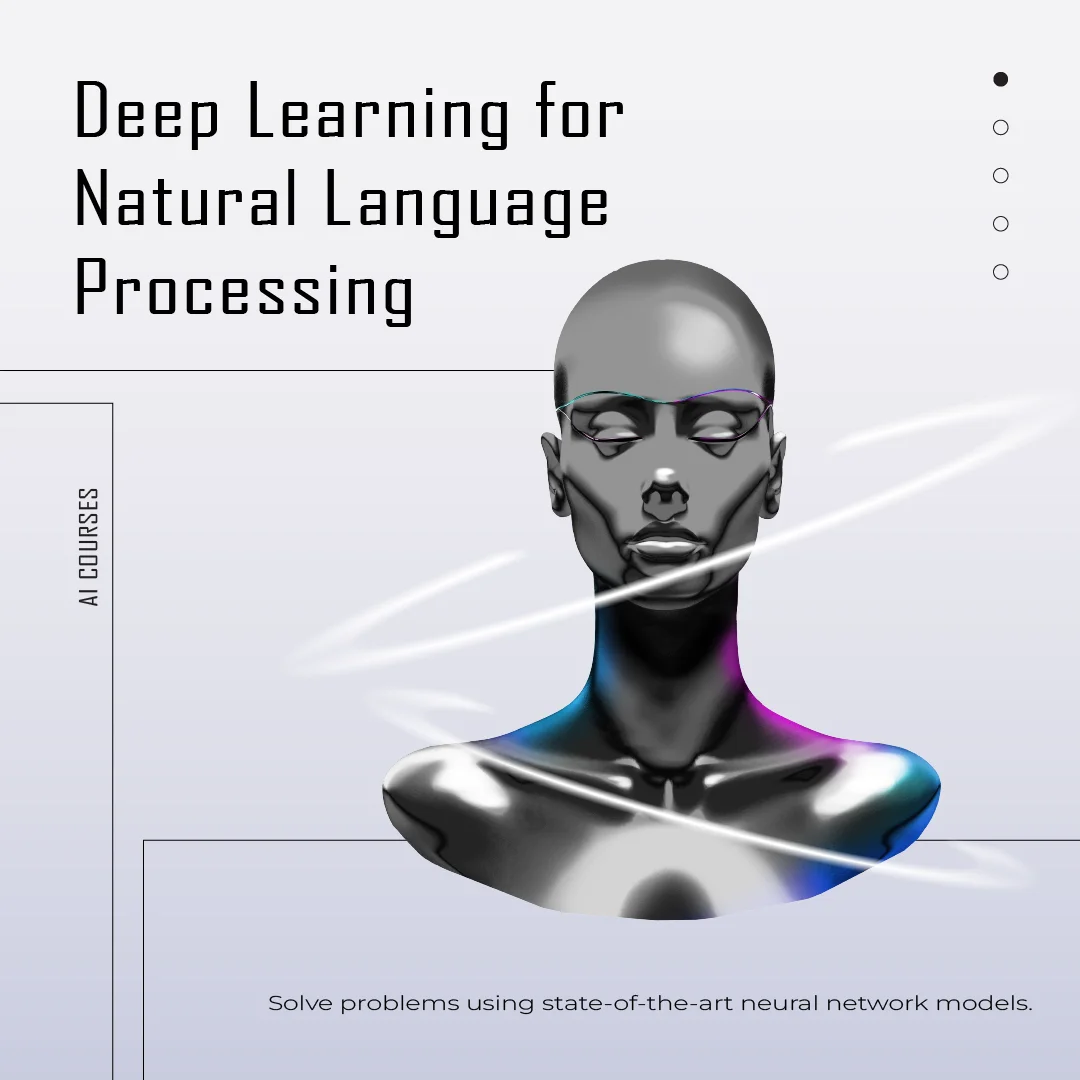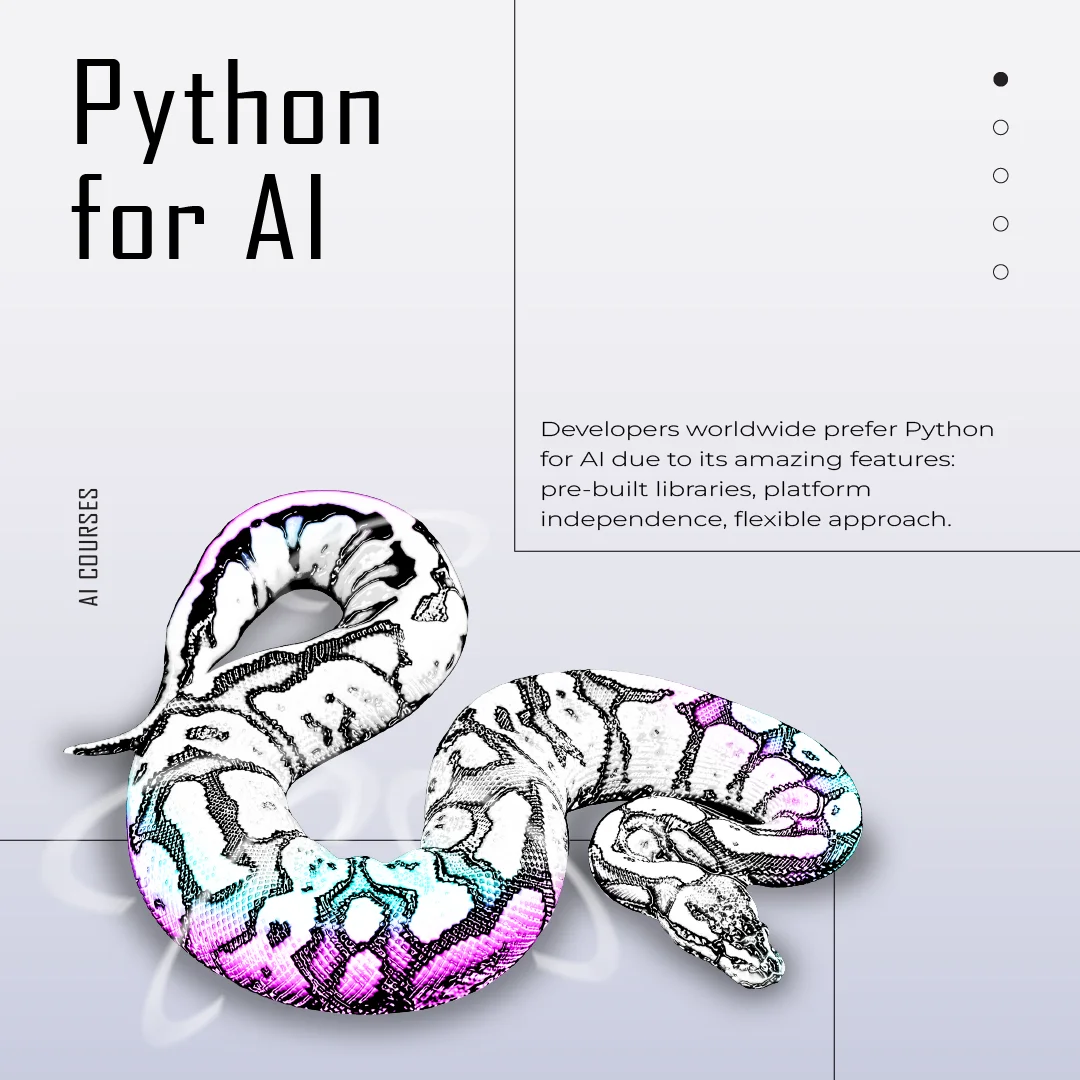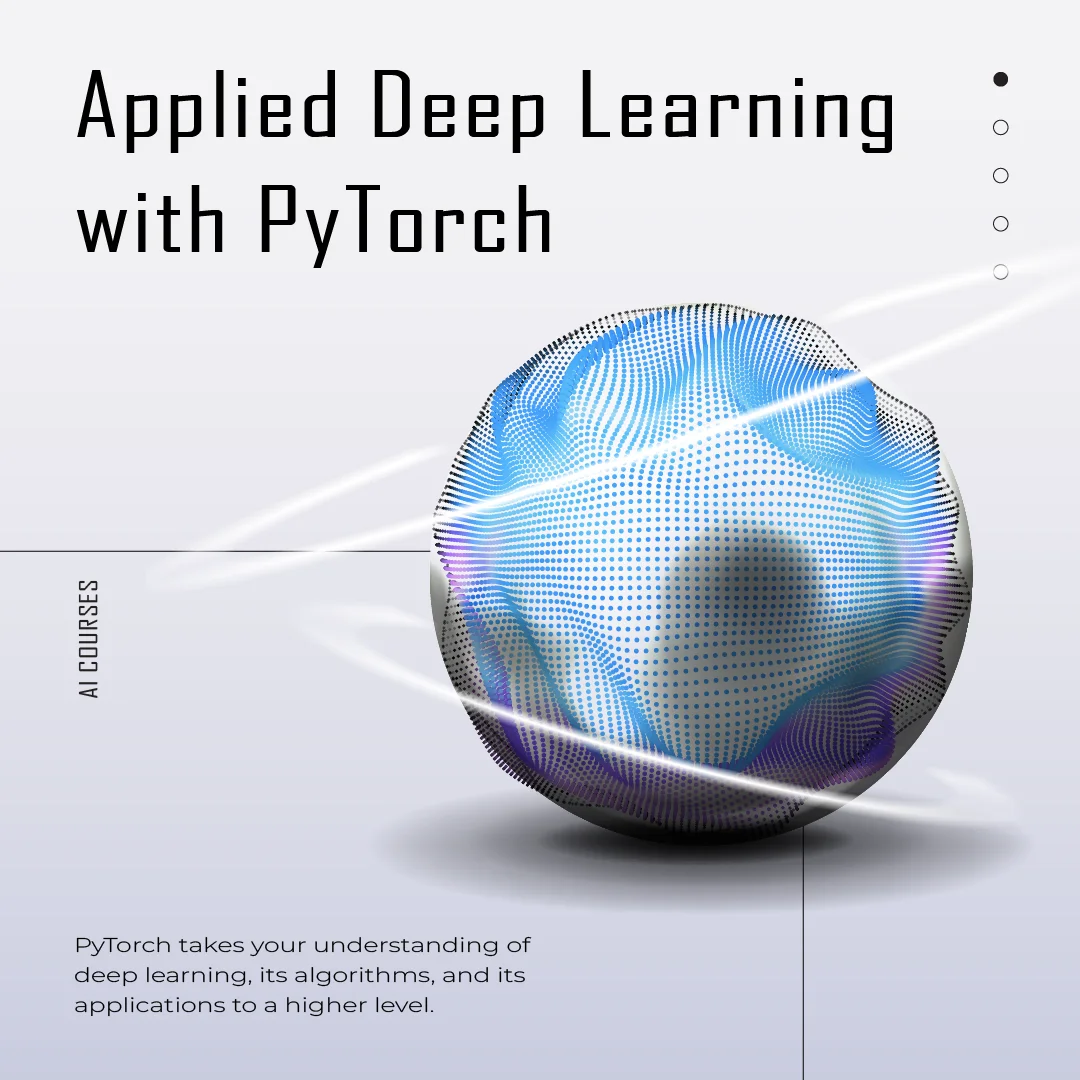Algorithm: Instructions or rules that a computer follows to solve a particular problem or task. In artificial intelligence, algorithms are made up of equations that process data and make predictions about the future based on that.
Robotics: A multidisciplinary field that combines artificial intelligence, engineering and mechanics to design and develop machines called robots that can interact with the world.
Artificial Intelligence (AI): An area of computer science that studies the creation of intelligent machines that are capable of performing tasks that require a human mind.
Natural Language Processing (NLP): A branch of AI focused on enabling computers to understand, interpret and generate human speech. It is a combination of text classification, sentiment and emotional analysis and machine translation.
Computer Vision: A branch of AI that allows computers to understand visual information such as images and videos. It includes object and object recognition, image classification and image generation.
Discriminative AI: A sub-discipline of artificial intelligence that distinguishes different objects and puts them in different groups. This artificial intelligence notices similarities and differences and accordingly determines labels and assumptions.
Generative AI: A sub-discipline of artificial intelligence that focuses on generating new content such as text, images, music, etc. Unlike traditional AI models that recognize and classify existing information, generative AI models create new content, similar to what they have been taught.
Hybrid AI: A sub-discipline of artificial intelligence, a combination of the previous two. As a term it is quite broad and therefore it is necessary to specify the characteristics and ways of use.
Predictive AI: Use of AI and machine learning techniques in data science to make predictions based on past events. Predictive AI can be created with any subclass of artificial intelligence because this division is made according to the purpose for which it is used, not according to the way it works.
Descriptive AI - retrospective AI: Use of AI techniques in data analysis to analyze past events. The purpose of retrospective AI is to get a better picture of the current functioning and to explain the results obtained.
Machine Learning (ML): A process in the creation of artificial intelligence in which computers learn to make predictions and decisions. This process is not performed by programming a result for each specific decision, but works like human experience: through algorithms, the results of previous decisions are analyzed to remember the most optimal decision.
Supervised Learning - Supervised learning: A type of machine learning where the AI model is trained according to data that has been labeled. The model learns by categorizing the examples it receives, which allows it to classify new unseen data.
Unsupervised Learning: A type of machine learning where the AI model learns from unlabeled data. The model itself finds similarities and patterns in the database.
Deep Learning: A type of machine learning that uses artificial neural networks with multiple layers to understand complex patterns in a database. Most effective in processing and recognizing images, speech and text.
Reinforcement Learning: A type of machine learning where the computer receives criticism or praise for its assumptions and decisions and accordingly adjusts its responses in the future.
Transfer Learning: A technique in machine learning where solving new tasks begins with the use of an AI model that has previously been trained on similar tasks. This technique makes it possible to use knowledge from previous tasks and reduces the need for extensive training with new databases.
Neural Network: A computational model inspired by the structure and operation of the human brain. It is composed of connected points, called neurons, which are divided into levels and which process and send information.
Generative Adversarial Networks (GANs): A class of neural networks that is composed of two components: a generator and a discriminator. GANs are designed through the generator to create increasingly realistic content (eg images and text) that the discriminator cannot distinguish from real data.



